Cute Money
By expressing fluctuating currency values through cartoons, Ed Fornieles surfaces the tenderness and violence of owning commodities.
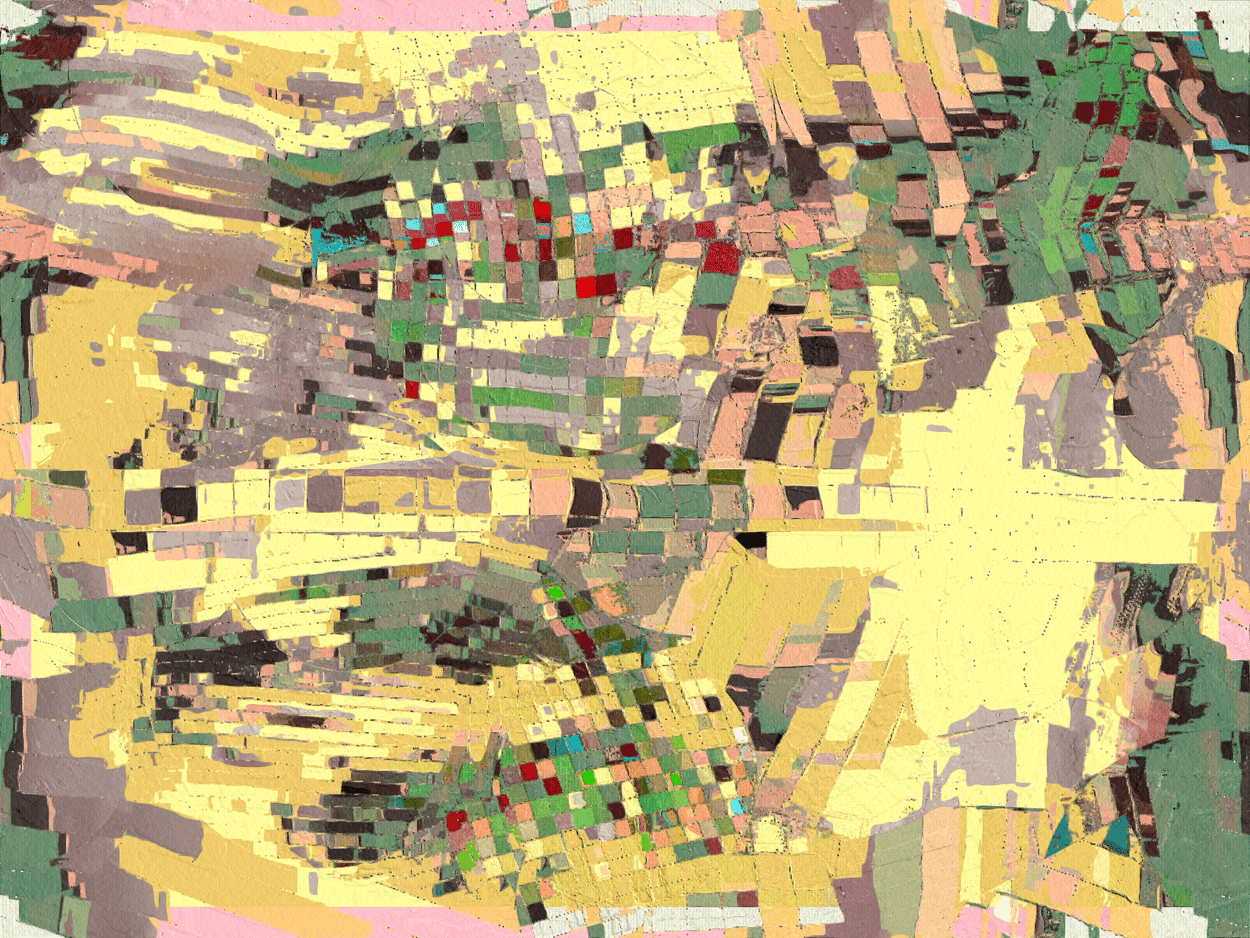
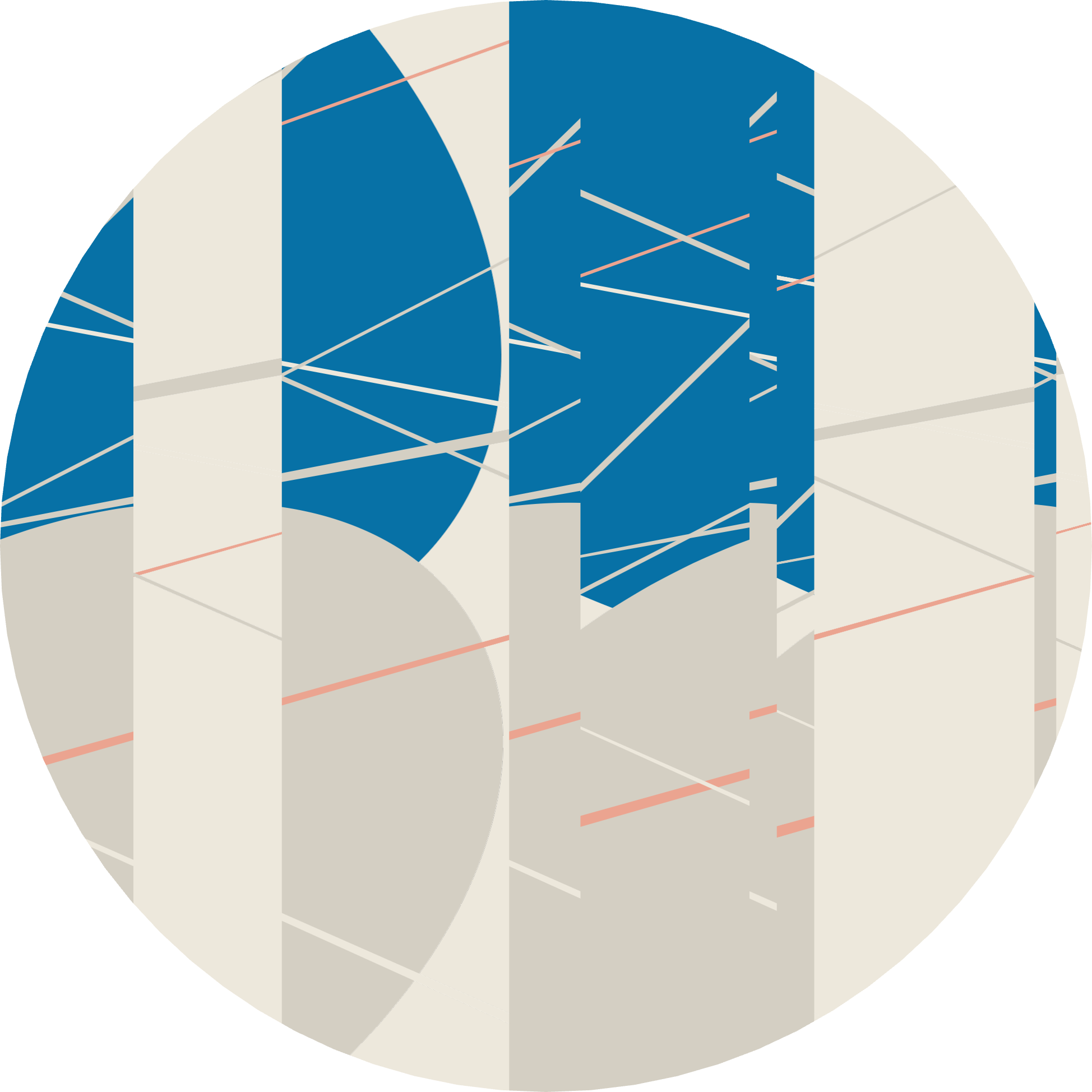
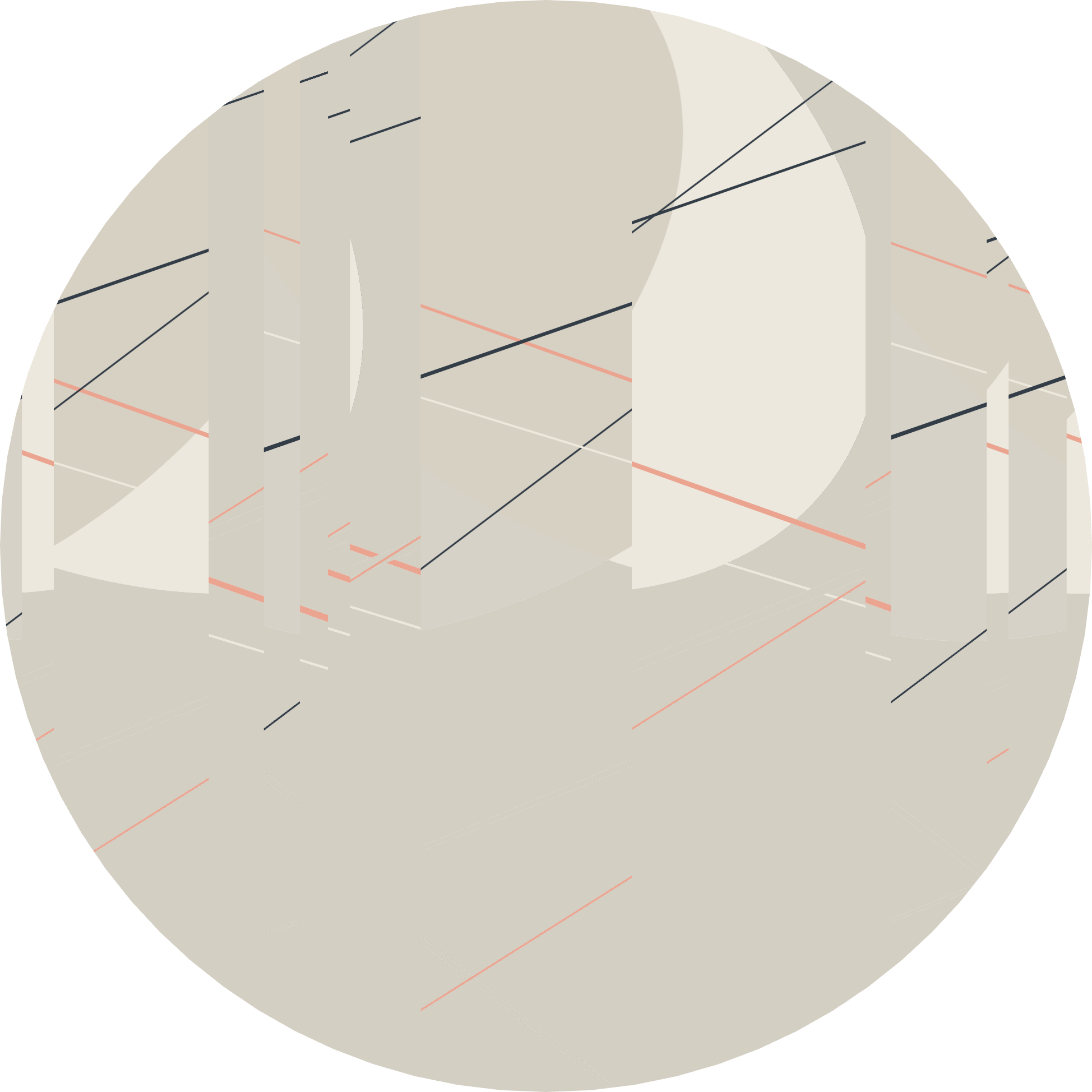
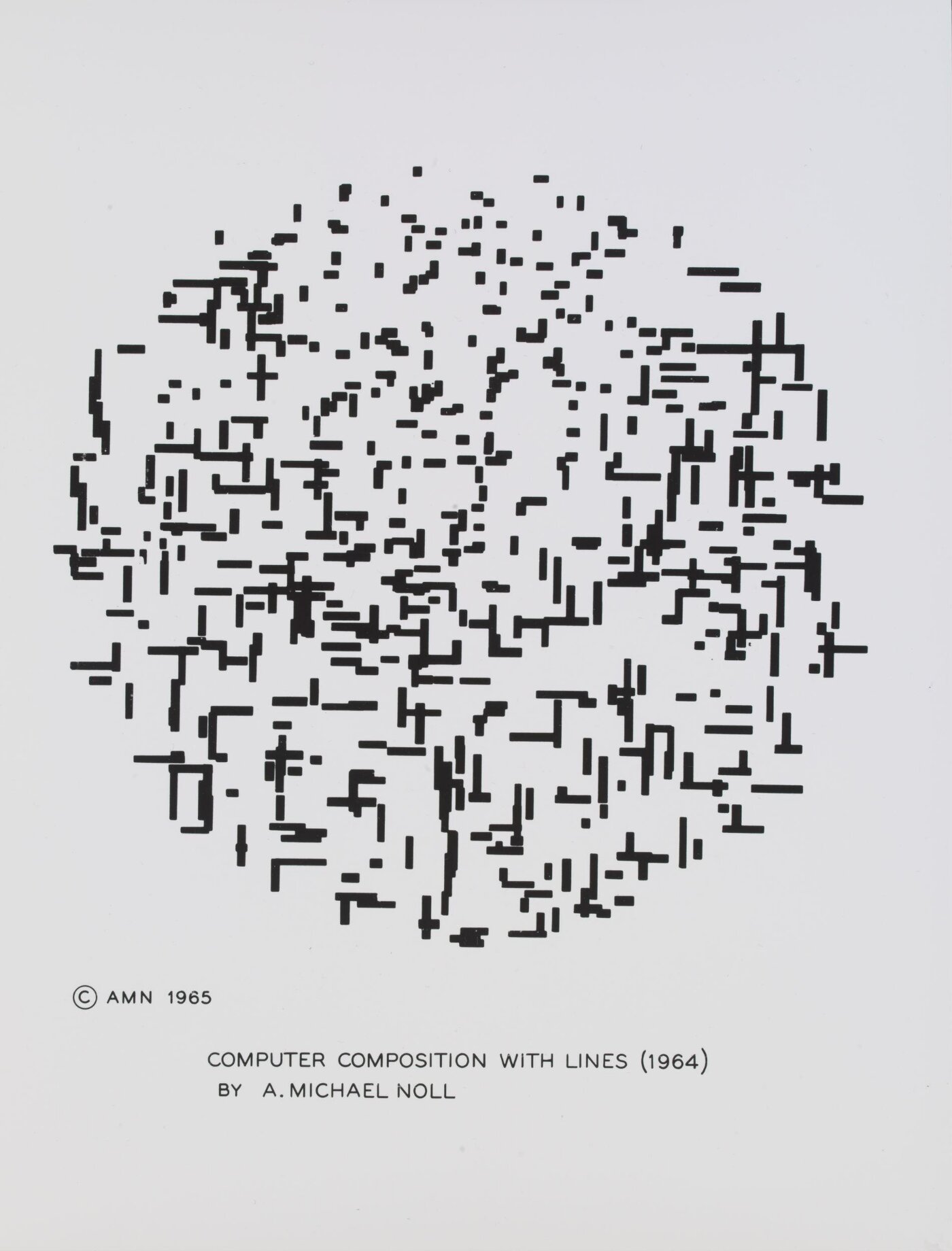
In 1965, the American engineer A. Michael Noll set out to test whether computers could make art, using a Turing test to assess the creative capacity of machines. He placed a computer-generated approximation of Piet Mondrian’s Composition with Lines (1917) alongside a photocopy of the original. Noll proceeded to pose two questions to a sample of one hundred viewers: which image is the computer-generated one, and which one do you like best?
For Noll, these were two distinct issues, and the results indicate that, for the respondents, they were separate as well: 59 percent preferred the programmed image, while only 28 percent accurately identified which was which. One can imagine the qualitatively different modes of looking provoked by each prompt: in the first, viewers play connoisseur, judging the image’s authenticity by comparing it to historically determined criteria and in relation to a set of established works; for the second, they switch gears entirely, allowing themselves to be drawn to one image over another, attuned to miniscule but subjectively meaningful discrepancies in form. One question asks after expertise, the other affect; one spirals the spectator out into patterns of history and style, the other narrows them into close looking. Yet Noll probably felt compelled to ask these two questions to be sure respondents would not confuse them—to exorcise the vicissitudes of taste before assessing authorship and authenticity—precisely because these two kinds of judgment are, in fact, intimately linked.
A critical mass of recent generative art projects resembles twentieth-century geometric abstraction.
This connection is arguably what recent works of contemporary generative art are about. The field has fostered the categorical collapse between the computer-programmed likeness to canonical abstract art and the inscrutable operations of liking, the intuitive (non)logic of aesthetic response. A critical mass of recent generative art projects resembles twentieth-century geometric abstraction: from Mondrian and Paul Klee to Ellsworth Kelly and Bridget Riley, from the gestural and expressive to the hard-edged and concrete. Tyler Hobb’s Fidenza (2021), Casey Reas’s Century (2021), and Kjetil Golid’s Archetypes (2021) are exemplary of this trend. All are long-form generative artworks (with editions ranging from 600 to 1000), iterating a style that each artist claims to like. All are carefully balanced compositions of geometric shapes that vary in size, number, outline width, color palette, and regularity. Each output of these works is meant to visually resonate—through an interplay of similarity and difference—with the others in the series. And all were published on Art Blocks, a platform where images are generated at the time of minting, demanding that artists anticipate their audience’s preferences (and eliminate unlikeable images) at the level of the algorithm, rather than themselves selecting which outputs go into the final series. Given this structure, scale, and style, these projects challenge us to rethink the relation between quality and quantity, and to consider how repetition and redundancy impact aesthetic effect and intensity. At this historical juncture, then, Noll’s two questions beg another one: what does generative art tell us about the relationship between likeness and liking, between formal resemblance and aesthetic preference?
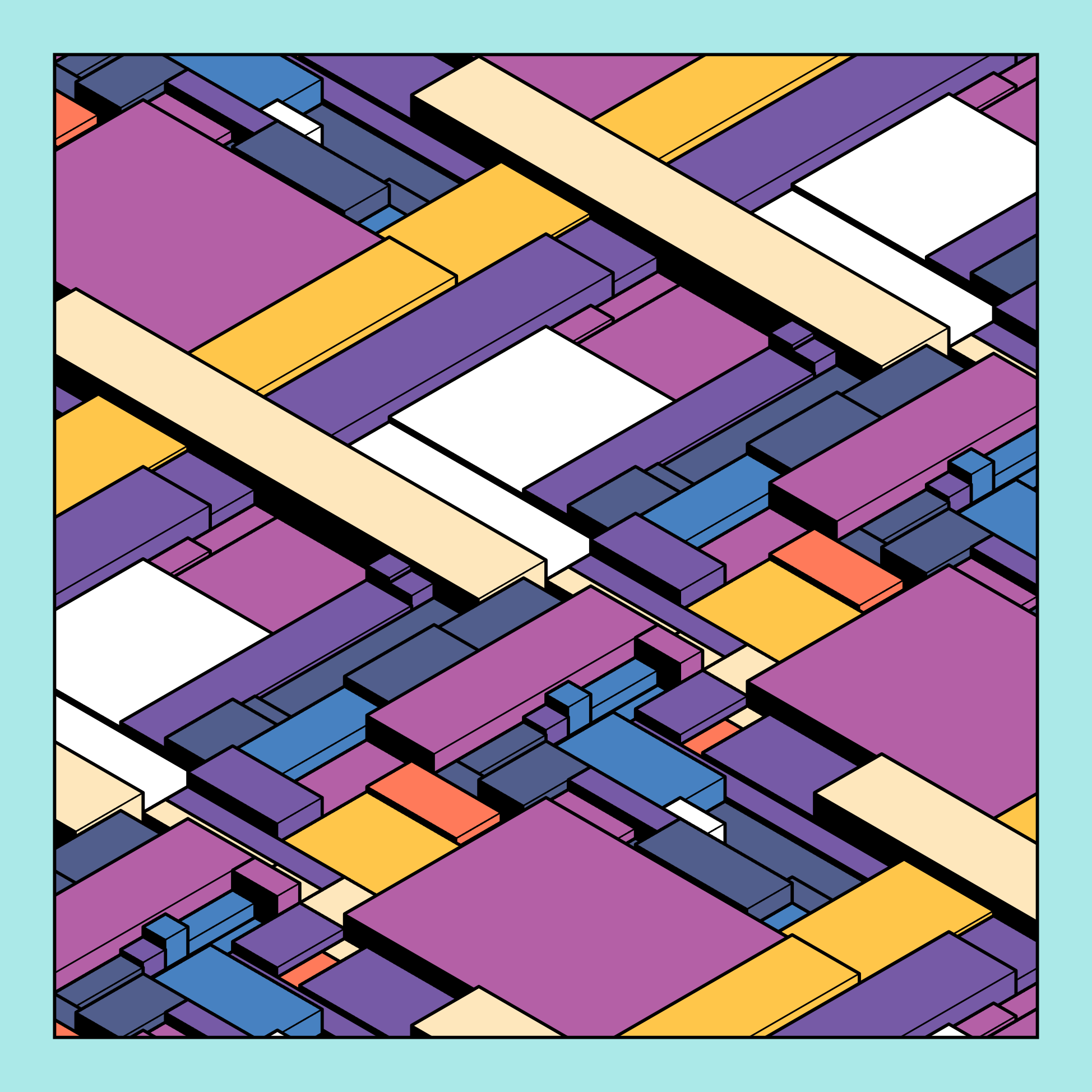
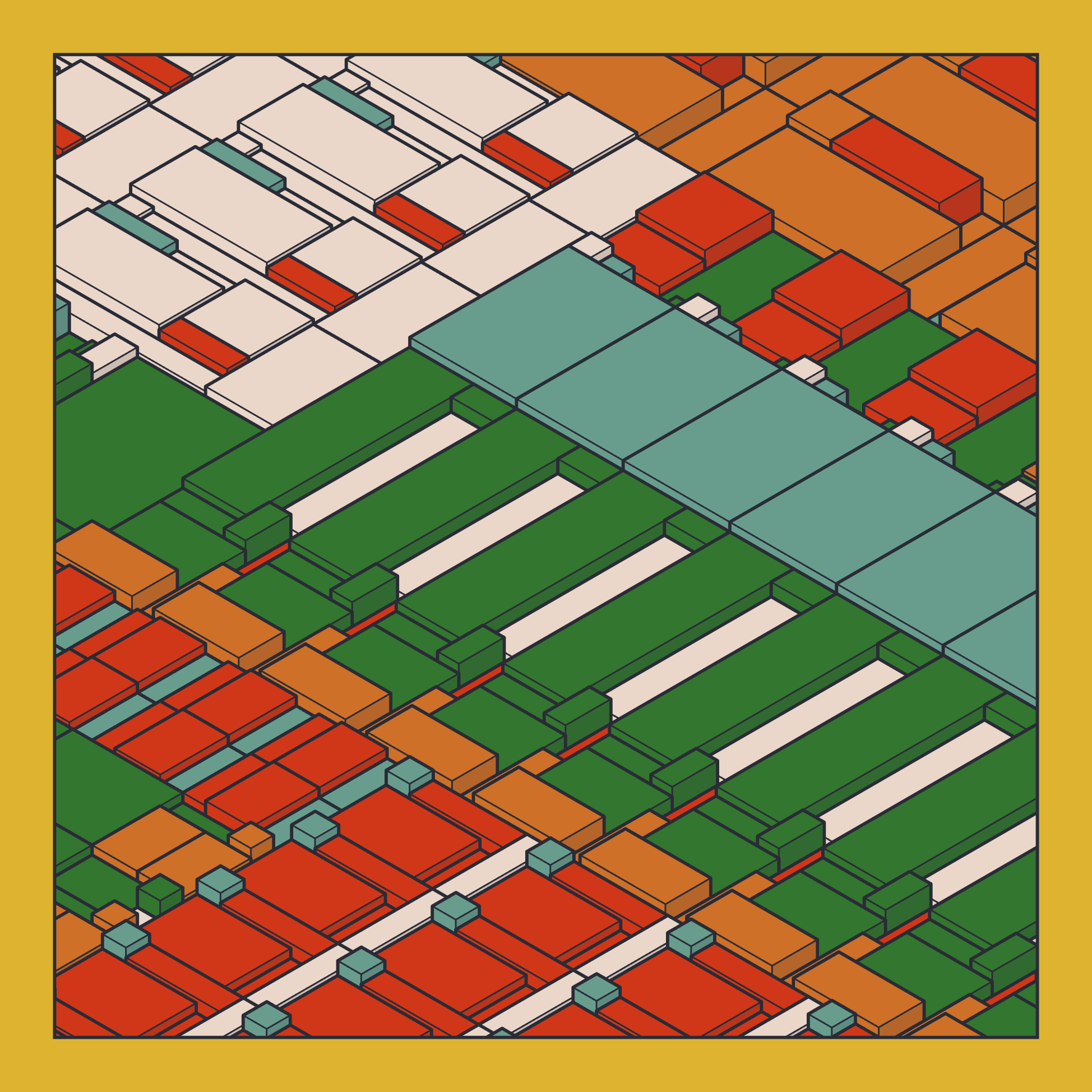
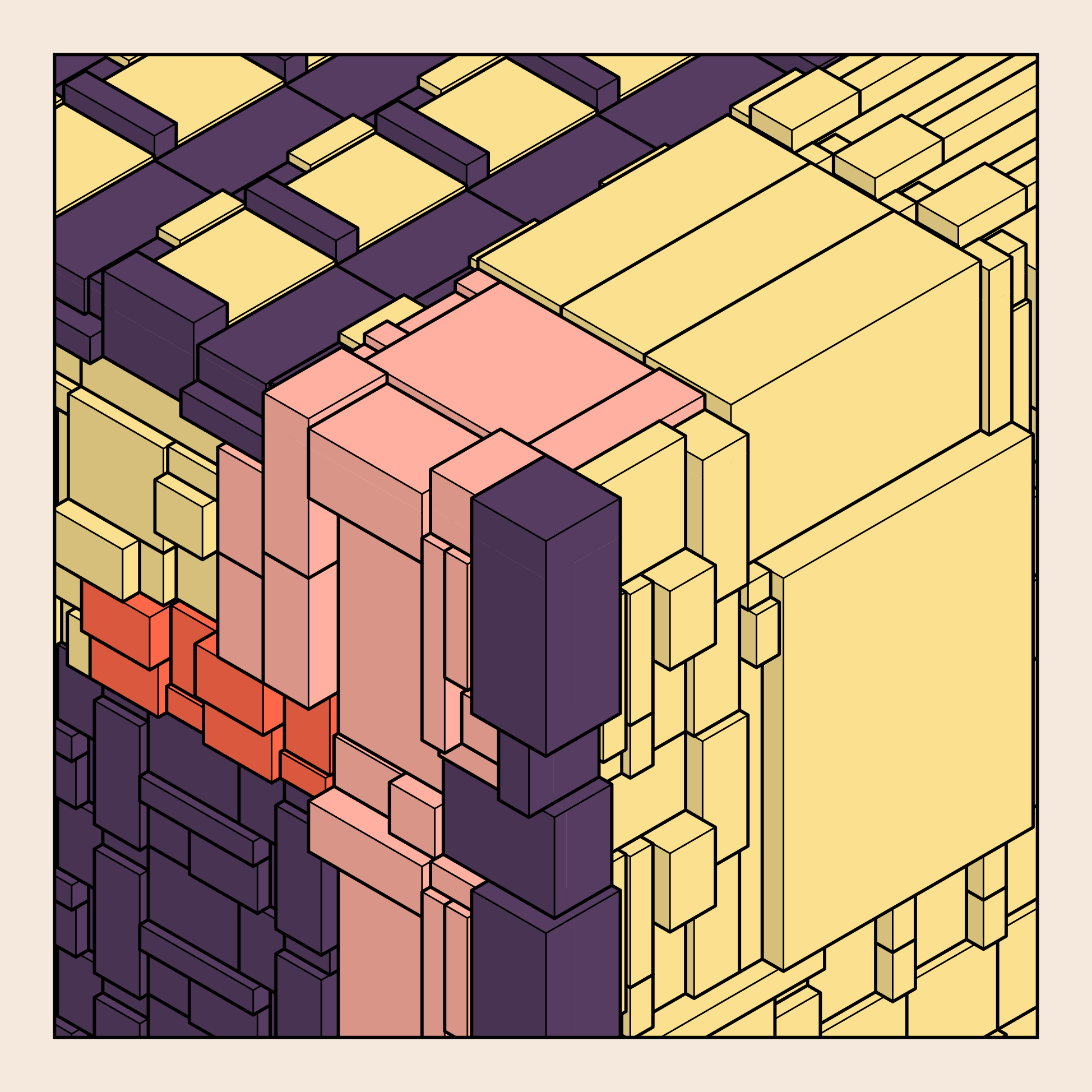
One answer is that the specificity of the style matters, that generative art is structurally aligned with geometric abstraction: the logic and affordances of computer programs, pen plotters, pixels, and screens all lend themselves to the production of two-dimensional compositions comprising orderly shapes of a limited palette and attributes that vary within set parameters. This explains why the history of twentieth-century abstraction has been a continual reference (and preference) among computer artists for decades, inspiring works such as Hiroshi Kawano’s Artificial Mondrian series (1967-69) and Vera Molnar’s Looking for Paul Klee (1970-71). It also points to a reason that many self-reflexive practices (meditating on the structure of code, the logic of the pixel, or some other constitutive element of the medium or display) can be said to resemble abstract art. But there are many artists who aim to subvert medium specificity, mimicking gestural abstraction to introduce into generative art everything that computers are not. In a conversation with Hans Ulrich Obrist, Hobbs said that he prefers abstract expressionism for its overtly human presence, and many generative artists try to simulate paint and brushstrokes in their work. That abstraction can be mobilized to such disparate ends troubles any straightforward technological determinism in the analysis of the formal dimensions of generative art and suggests that the relationship between style and its significance is equally shaped by symbolic affiliations and personal projections. Furthermore, an explanation that relies on the capacity of the technology tells us little about the realm of reception, the ways that anticipation—anxiety, even—of being liked by an audience is built into the structure of generative art.
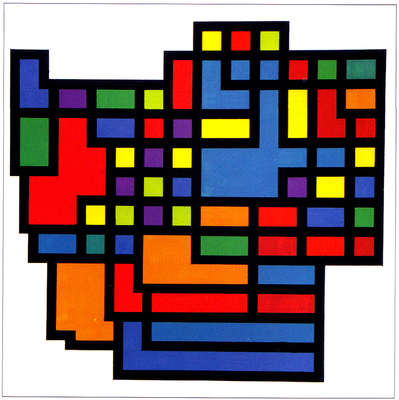
Deficiencies in the technological determinism argument suggest another way to understand the relationship between likeness and liking in this work: that generative art thematizes and makes newly visible all art’s complicated and contested relationship to history. All artists to some degree negotiate their reliance on traditions while thinking and feeling their way through to something new, altering their works until they create something that strikes them as right—something that they like and wager that others will, too. And all artists, and their audiences, are historical products working with and against historical constructions of what art is. Contemporary generative art concretizes this negotiation and incorporates it at the level of design. This has been the case since the inception of generative art in the 1960s, when theorists like Max Bense and Abraham Moles drew on information theory to recast the nebulous, intuitive quest to transcend artistic tradition in terms of the mathematical ratio between signal and noise, randomness and order, convention and surprise. These theorists were quite clear that they did so to mitigate the variability of personal taste—to rid themselves of the notion that art was about such trivial things as liking at all. To insist not on subjectivity but instead on a set of shared determining factors—material reality, historical context—was a central ethos of early generative art.

While generative art of the 1960s aimed to escape individualism and amplify the collective dimensions of aesthetic experience, the opposite is true of more recent work. A close examination of contemporary generative abstraction demonstrates how the same strategies that were once used to foreground technological and historical determinism—strategies like citation, computation, delegated production, audience participation—are mobilized by artists to elicit a more eruptive and indeterminate experience of liking. Hobbs’s Fidenza is structured in this way. To ensure the cohesion of the project—as well as the satisfaction of collectors—Hobbs spent much of his design process generating outputs, judging them, and altering the code to prevent it from making images he didn’t like. This means that the formal balance he strove for—of randomness and order, variety and consistency—is tied to how he imagines the relationship between algorithm and audience: intense stylistic control built into the algorithm becomes the mechanism for enabling viewers to see, feel, project, and imagine whatever they like. Spend some time on the Art Blocks site scrolling through the images of Fidenza and significant formal differences start to appear. These are registered at the level of liking, at first, as your eye is drawn toward some images and away from others, the pace of scrolling adjusting in response. This experience is interspersed with another one: the recognition of possible references. To me, Fidenza looks like a synthesis of Paul Klee’s landscapes, Kazimir Malevich’s suprematist compositions (not the black square so much as the wonkier ones that look like aerospace diagrams), and Hans Arp’s Collage with Squares Arranged according to the Law of Chance (1916–17). The experiences prompted by Fidenza oscillate from feelings of boredom with redundancy to cozy familiarity to subtle shifts in aesthetic intensity that register as entirely subjective, surprising, even random and a bit unhinged. This collision between likeness and liking in works like Fidenza raises questions distinct from those posed by Noll. Do biography and history account for what one likes, completely? Do past “likes” program future ones?
Generative art thematizes and makes newly visible all art’s complicated and contested relationship to history.
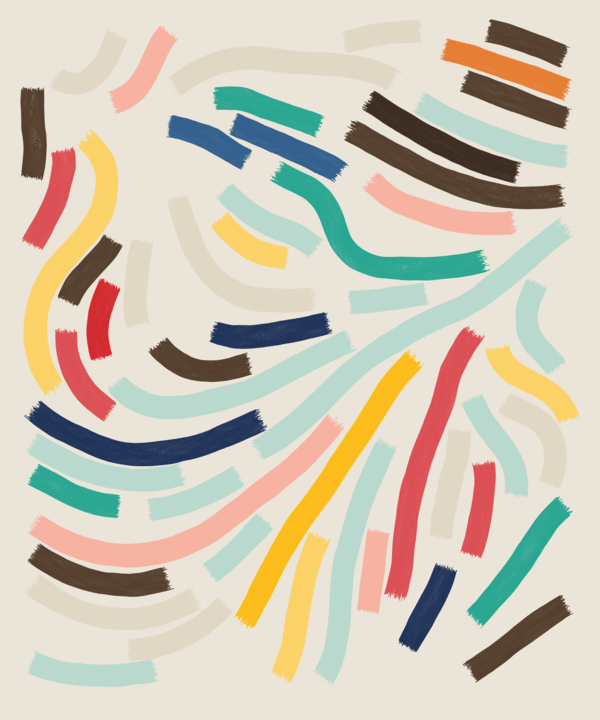
This brings us to another potential explanation of the confusion of liking and likeness in contemporary generative art, one espoused by numerous scholars: that it maps onto the ways that liking is constantly being captured, measured, mobilized, and monetized in social media. In both cases, there is a false façade of individual freedom, at once producing and disciplining surprise. Certainly, the discursive framing of generative art suggests this affinity. In an essay on the defining characteristics of the genre, Hobbs writes: “long-form generative art introduces the new demands of consistent quality and high variety, while maintaining the existing need for unity across all output from a program.” Some have contended that this logic not only echoes but embodies and perpetuates neoliberal capitalism. This argument is made most forcefully in “A Critique of Surprise in Generative Art” (2019), where media scholars Braxton Soderman and Daniel C. Howe maintain that generative art “mirrors neoliberal capitalism, training us to seek surprise and to find pleasure in its repeated production.” The essay then goes on to chart the many ways in which generative art normalizes systemic instability and even makes it beautiful, reiterating the perpetual, profit-driven pursuit of novelty. They cite, for instance, the minuscule changes in each version of the iPhone as the epitome of this endless reproduction of the same in the guise of the new.
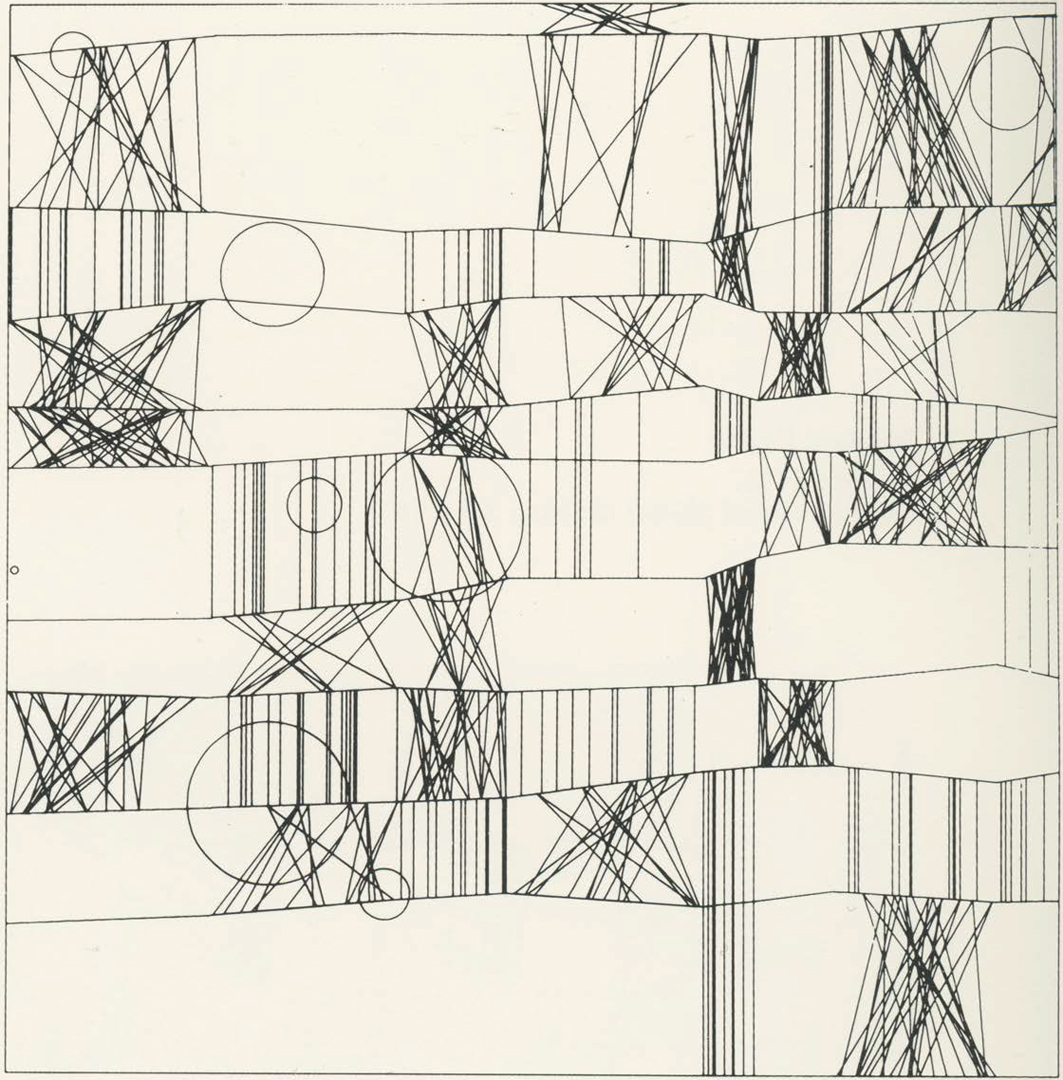
This argument points to important considerations but, significantly, it takes likeness as a conceptual operation for granted—as the term “mirrors” suggests, it collapses the technology with its artistic usage and presumes that formal likenesses beget political ones. Such formulations, while often convincing, are structured by the assumption that likeness is always evidence of sameness—and that one can move easily from surface to depth. But likeness can work in different ways and to varying ends. This potential is thematized, in fact, across the history of abstraction—especially today, when it cannot help but be referential: is this black square like that one? And on what basis does one argue for or against? All of this suggests that likeness shapes not just the composition of artworks but also ideas about how relationality works. “Are likenesses all alike?” asks Paul North in his book Bizarre-Privileged Items in the Universe: The Logic of Likeness (2021). North’s question demands that we reckon with multiple logics of likeness—that embedded in assertions of likeness are assumptions that need to be interrogated, specified, complicated, and rethought.
Do biography and history account for what one likes, completely? Do past “likes” program future ones?
I would like to suggest that the significance of contemporary generative art hinges on how it weaves disparate kinds of likenesses and liking together in productive and unreconciled tension. It stages a clash between likeness and liking, provoking experiences in which emotional responses can feel overly anticipated, while recognition becomes the most individualized and spontaneous thing about the work. It recasts historical references as personal preferences and insists upon the highly programmatic ways we come to like what we like, ricocheting between technological and historical determinism, only to be interrupted (rather than affirmed) by affect. It is this—as much if not more than its algorithms—that constitutes contemporary generative art’s challenge to us: to reformulate ideas about authorship and authenticity, to think about the formal and socio-political effects of iteration (and question how forms have sociopolitical effects), and to consider anew the individual and social dimensions of experience.
Lindsay Caplan is a professor of art history at Brown University and the author of Arte Programmata: Freedom, Control, and the Computer in 1960s Italy (University of Minnesota, 2022).
